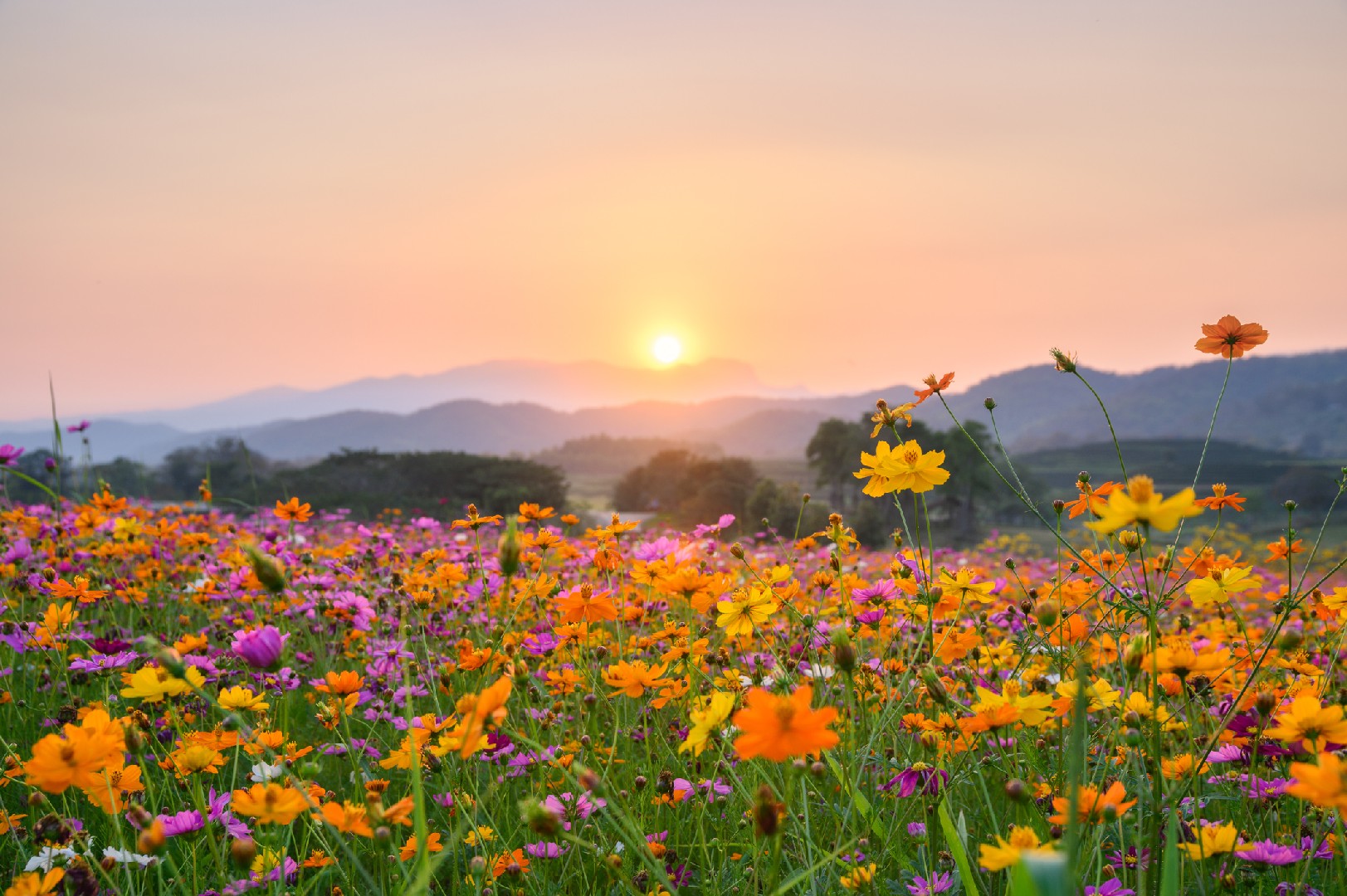![Rectangle]()
Principles of Formal Garden Design
Formal garden design is an art that requires careful planning and execution. It aims to create a space that is elegant, harmonious, and pleasing to the eye. To achieve this, it is essential to understand the critical role of symmetry and structure, discuss the use of geometric shapes and patterns, and highlight the importance of colour selection and plant type.
Symmetry and structure are fundamental principles in formal garden design. They create a sense of balance and order in the outdoor space. One way to achieve symmetry is by dividing the garden into two equal halves and mirroring the elements on each side. This creates a visually appealing composition that is pleasing to the human eye. Structures such as hedges, pathways, and focal points like statues or fountains play a crucial role in creating a sense of order and organization in the garden.
Geometric shapes and patterns are another significant aspect of formal garden design. They add a sense of rhythm and repetition, creating a cohesive and unified look. One popular geometric pattern is the parterre design, which consists of symmetrically arranged beds of flowers or shrubs. This design not only adds visual interest but also helps in creating clear boundaries and divisions within the garden. Other geometric shapes like circles, squares, and rectangles can be incorporated into pathways, patios, or even plant arrangements to enhance the overall design.
When it comes to colour selection, it is important to choose a limited palette that complements the overall theme of the garden. Neutrals like white, gray, or black can be used as a base, while pops of vibrant colours can be added through flowers or foliage. It is also essential to consider the bloom time of different plants to ensure there is a continuous display of colours throughout the seasons. In formal gardens, it is common to see plants pruned and shaped into specific forms, adding another layer of structure and visual interest.
Selecting the right plant types is crucial in formal garden design. Plants with a symmetric growth habit like boxwood or yew are commonly used to create hedges or borders. These plants can be easily pruned into desired shapes and sizes, adding to the overall structure of the garden. Other plant types like roses, lavender, or tulips are popular choices for adding bursts of colour and fragrance. It is important to consider the growth habits, maintenance requirements, and climate suitability of different plants before incorporating them into the design.
In conclusion, mastering the art of formal garden design requires a deep understanding and application of various principles. By carefully considering the role of symmetry and structure, incorporating geometric shapes and patterns, selecting appropriate colours, and choosing the right plant types, one can create a garden that exudes elegance and poise. So, roll up your sleeves, grab your gardening tools, and let your creativity blossom as you embark on the journey of creating your own formal garden masterpiece!





